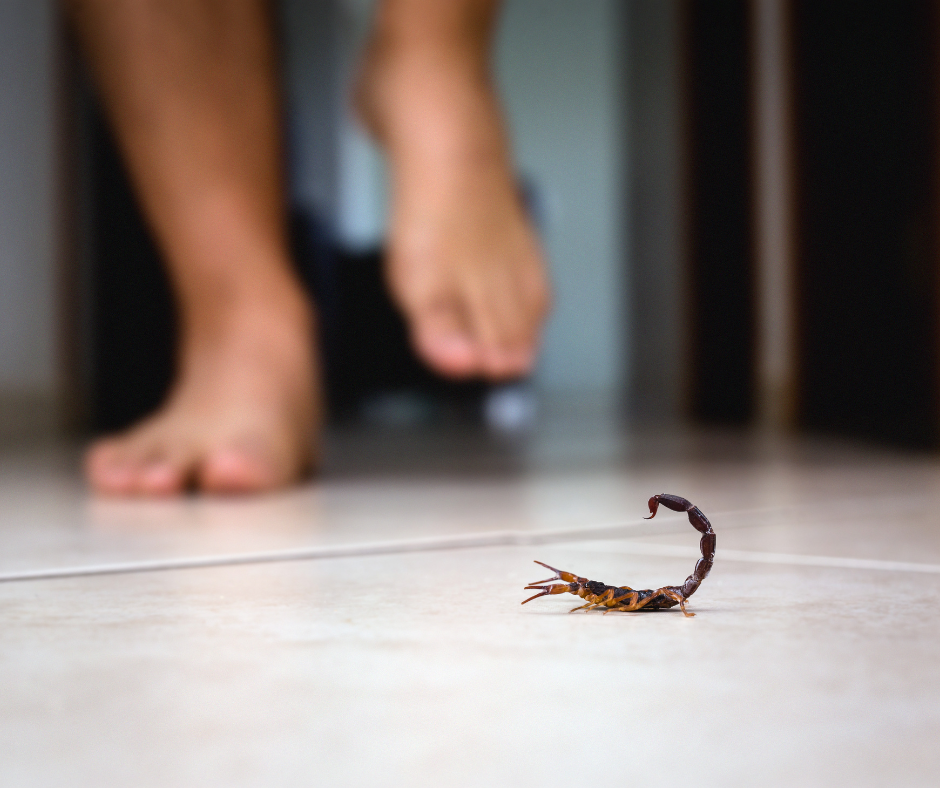Identify & Learn More About Spiders
Low to Moderate Risk

Eight-legged predators that create webs, hunt prey, and include venomous species requiring immediate professional attention
Call Athena Pest Control Immediately if:
You've been bitten by a black widow or brown recluse spider
You find multiple black widow egg sacs around your property
You discover brown recluse spiders in living areas or bedrooms
Common Species
Black Widow Spiders
Shiny black with red hourglass marking, highly venomous
Brown Recluse Spiders
Light to dark brown with violin-shaped marking, medically significant bite
Wolf Spiders
Large, hairy, brown/gray, hunt rather than build webs
House Spiders
Small, brown, build irregular webs in corners
Where You'll Find Spiders
Under decks, in sheds, woodpiles, garden areas, around outdoor lighting, in mailboxes
Basements, attics, closets, garages, behind furniture, in storage areas, window corners
Spider webs, egg sacs, shed skins, dead insects in webs, live spiders in corners
Dark undisturbed areas, behind appliances, in boxes, under stairs, crawl spaces, cluttered storage
Spider Prevention Tips
Organize storage areas, remove unnecessary items, vacuum regularly, dust corners and crevices
Trim vegetation from house, remove woodpiles, clean up debris, reduce outdoor lighting
Caulk cracks and gaps, install door sweeps, repair torn screens, seal around utilities
Eliminate other insects that spiders feed on, maintain clean environment, address moisture issues
Health & Property Risks
Venomous Bite
Black widow and brown recluse bites can cause serious medical complications
Necrotic Wounds
Brown recluse bites may cause tissue death requiring medical treatment
Sistemic Reactions
Black widow venom affects nervous system, causing muscle pain and cramping
Seasonal Activity
Spider activity varies by species but generally peaks during warmer months:
Jan
Feb
Mar
Apr
May
Jun
Jul
Aug
Sep
Oct
Nov
Dec
Peak Season
May through September when prey is abundant and reproduction occurs most frequently
Treatment Difficulty
DIY Effectiveness: ⭐⭐ (Low to Moderate) – Aerosol sprays kill individual spiders but don’t prevent new infestations
Why Professional Treatment is Essential: Effective spider control requires identifying species, locating hiding spots, treating with residual products that remain effective long-term, and addressing the insects they feed on. Venomous species require immediate professional intervention for safety.
Expected Timeline: 2-6 weeks for significant reduction, with ongoing maintenance for long-term control
Spider Myth Busters
Myth: All spiders are dangerous
Truth: Most Alabama spiders are harmless and actually beneficial pest controllers
Myth: Spiders are aggressive toward humans
Truth: Spiders typically bite only when trapped against skin or defending egg sacs
Myth: You swallow 8 spiders per year while sleeping
Truth: This is completely false – spiders actively avoid sleeping humans



